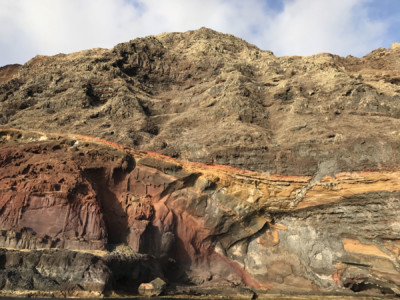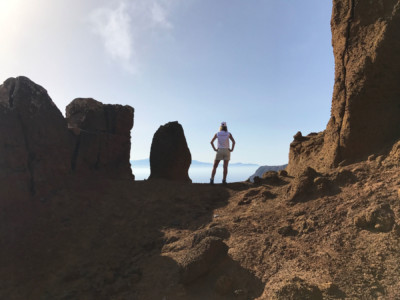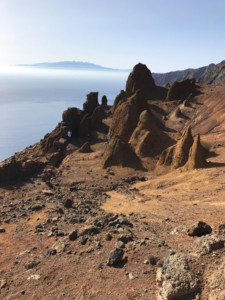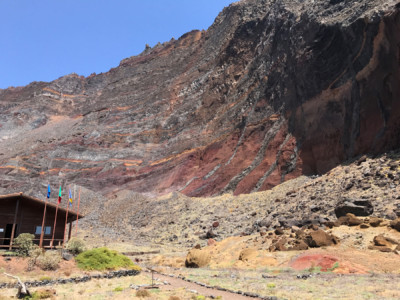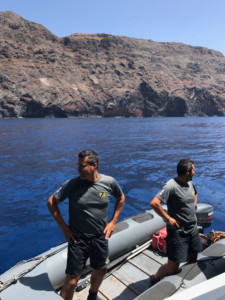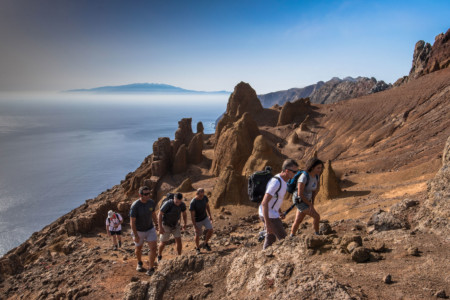Our host for the next two days is local marine biologist and conservationist Rosa Pires. Rosa has worked for the Madeiran government agency IFCN (Instituto das Florestas e Conservação de Natureza IP-RAM) for 24 years, all of which have been focused on preservation and protection of the monk seal population of the Desertas Islands.
Rosa came to Madeira near the end of her PhD program in 1993 and knew immediately that Madeira is where she would make her home. Rosa’s passion about monk seal conservation is contagious. “My work here will not be finished until I am sure there is someone else who will manage this effort without any compromise.”
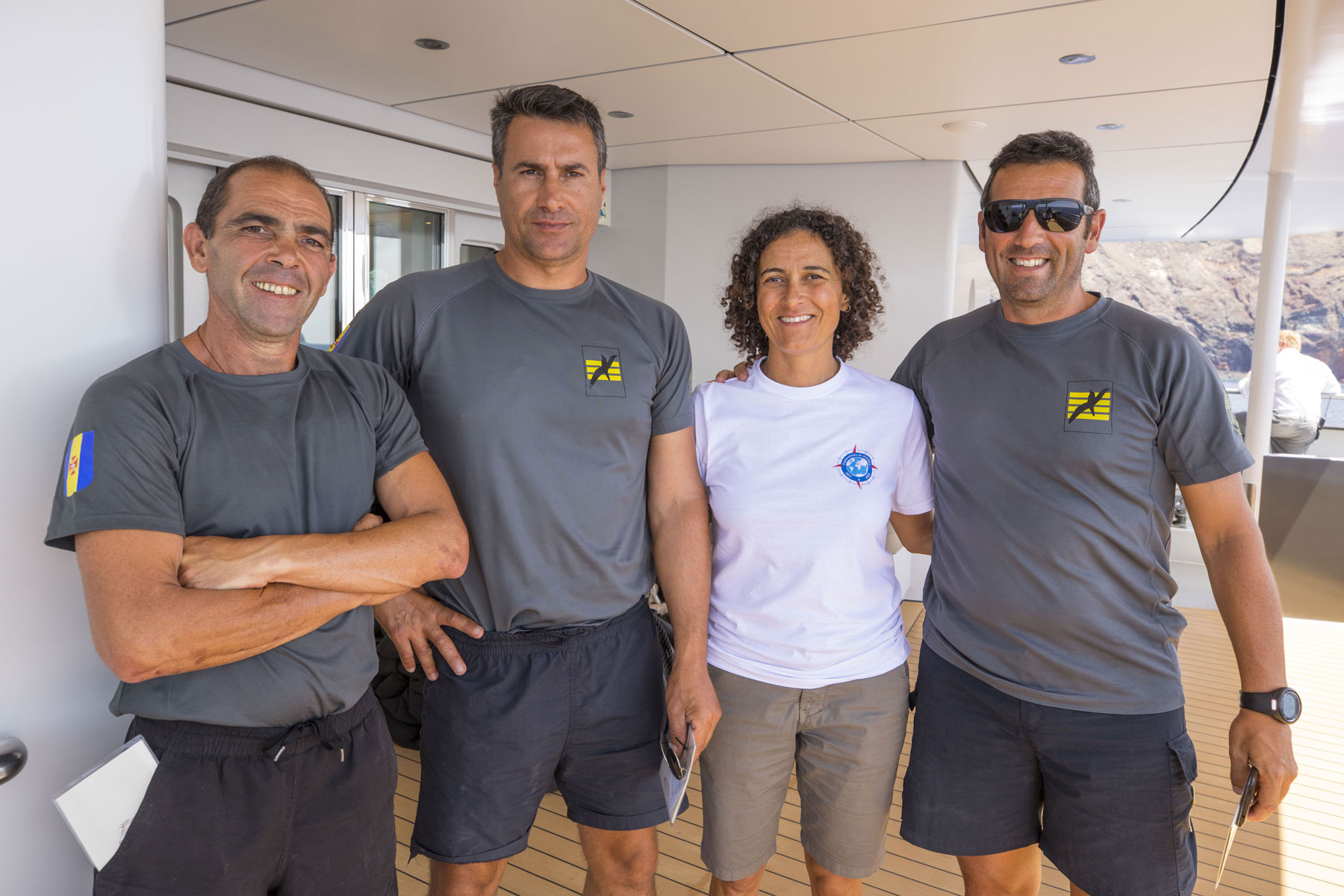
Our first trip to the Desertas is focused on learning about the monk seal populations and the efforts made to protect and preserve the monk seals, their habitats, and the history of the Desertas.
- Monk Seals were first observed and explored in 1420 by colonizers. It is estimated that there were around 2,000 seals at that time. The monk seals were hunted aggressively for their skin and fat.
- At the beginning of the 20th century the seals were already rare, with an estimated population of 25 seals in the 1940’s in Madeira Island.
- In 1986 the first laws were passed to prohibit the hunting of marine mammals in Madeira.
- In 1988 the once abundant population of monk seals was down to just 8 animals. This is the year the Natural Park of Madeira began a program to preserve the seals in the Desertas (the preferred habitat of monk seals). They built a house on Grande Deserta Island and stationed 2 rangers there at all times.
- The rangers monitor the area for illegal fishing, traveling around the waters talking with fishermen, explaining the need to create a reserve for the monk seals which would also increase the abundance of fish, and would therefor benefit the fishermen. At that time fishermen were using very long gill nets and explosives to fish, which was decreasing the population of fish considerably. The Rangers worked to provide alternative means of fishing and collected the gill nets from the fishermen.
- The rangers spend hours in specific observation points to record sightings of the monk seals and keep a logbook of the observation times and sightings to this day.
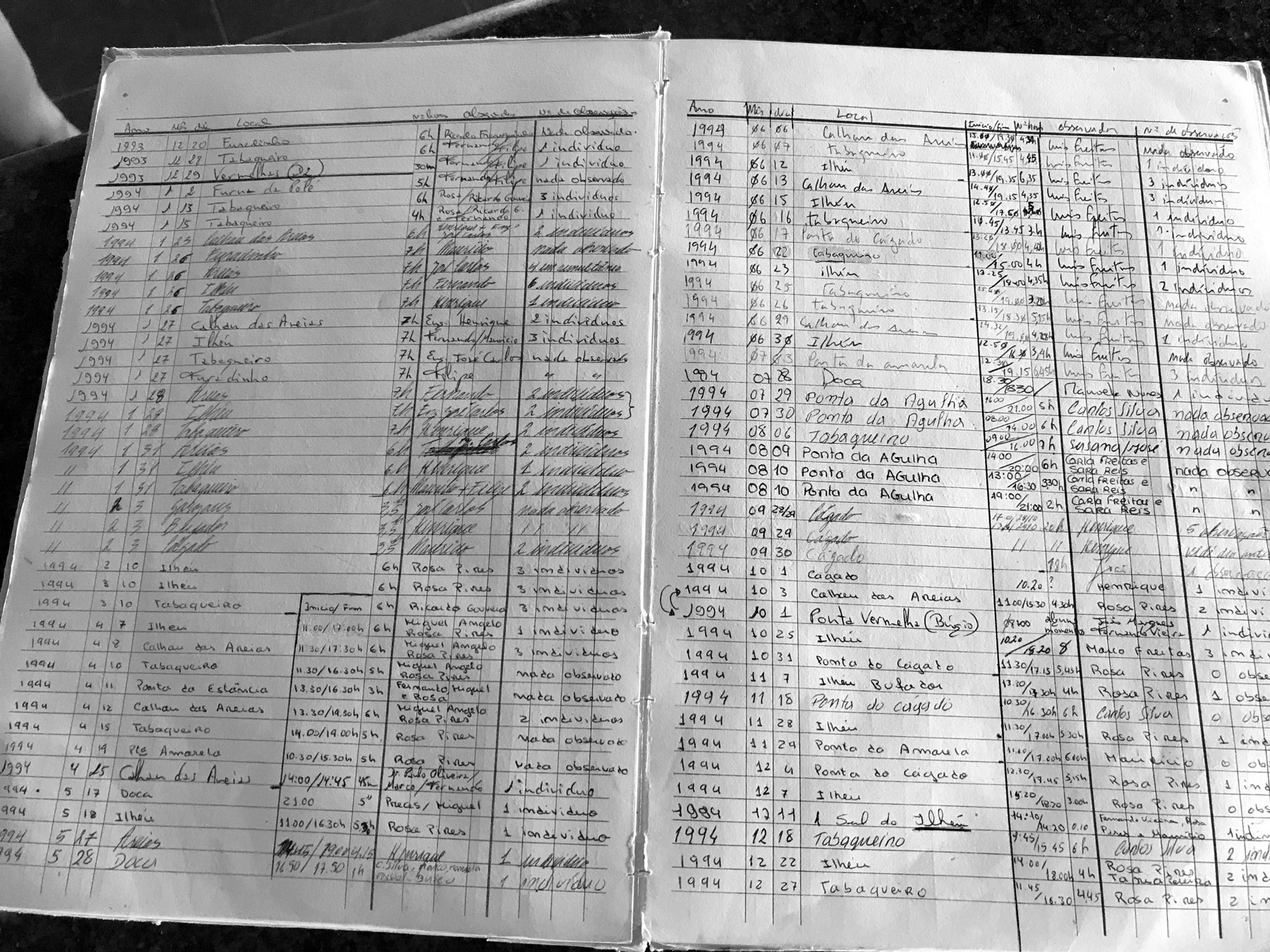
- In 1990 a reserve was created in the southern part of the island, and a partial reserve was created in the northern half of Grande Deserta, meaning that fishermen are allowed to fish there, but with restrictions on the kind of equipment they use. The idea is that the fishermen there would respect the reserve because the government was also considering their livelihood, and not creating a complete reserve with no fishing allowed.
- The IFCN received funding through the LifeMadeira project and this has allowed Rosa and her team to install a camera in the cave habitat of the monk seals. The camera captures a photo once per hour.
- Their coloring and scars identify the seals. The photos also give some insight into how long the seals stay in the cave to rest (at one point they recorded a monk seal resting for 18 hours)
- LifeMadeira has also enabled the team to place bracelets on a couple of the monk seals to track their location via GPS and their depth, which helps them to understand the habits and habitats of the monk seals.
After arriving at Grande Deserta, the rangers came to the Yersin to pick up our team and take us to the island for a tour, which included the rangers home, the visitor center, and a very steep hike to the top of the island with unbelievable views.
